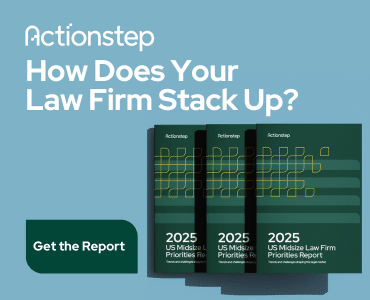Get To The Point has previously discussed how naming a series of items in a document can be a pitfall. Well, it happened again. At issue: the determiner.
Because the document drafter had inserted a determiner in front of later items in a series, the 5th Circuit Court of Appeals ruled that the provision was ambiguous, reversing the grant of summary judgment and remanding for further proceedings.

What the Heck is a Determiner?
Grammarly defines a determiner as a word that comes before a noun and specifies something about the noun’s quantity, definiteness, or ownership. A determiner can be an article or a limiting adjective.
Those tiny words “the,” “a,” and “an” are articles. They come in two flavors. “The” is a definite article; it refers to a unique thing. “A” or “an” could be any of the things being referenced; those articles are indefinite. The determiner at issue in Paloma Resources v. Axis Insurance Company was “the.”
Limiting adjectives come in several varieties and some words can serve two functions:
- Demonstrative: this, that, these, and those
- Distributive: each, every, all, and both
- Interrogative: whose, what, and which
- Possessive: my, your, his, her, its, our, their, and whose
- Quantifying: many, some, few, any, all, several, and numbers
- Relative: what, whatever, which, and whichever.
Determiner adjectives are different from descriptive adjectives. Determiners come before other types of adjectives.
Does “The” Change The Meaning?
Paloma Resources defended and settled a suit alleging the theft of confidential information to unfairly compete. Axis, Paloma’s commercial insurance carrier, denied coverage for the cost of defense and for the settlement based on an intellectual property exclusion:
The Insurer shall not be liable … for Loss on account of any Claim … based upon, arising out of, directly or indirectly resulting from, in consequence of, or in any way involving any actual or alleged infringement of copyright, patent, trademark, trade name, trade dress, or service mark or the misappropriation of ideas or trade secrets, or the unauthorized disclosure of or access to confidential information …
Paloma argued that the determiner “the” before “misappropriation of ideas” separated the following language from the description “actual or alleged.” They claimed that “actual or alleged” only applied to infringement actions per the series-qualifier canon.
The series-qualifier canon says that adjectives only modify a series of nouns when they appear without any intervening modifiers, such as “unreasonable search and seizure.” Inserting a determiner breaks the series, and those adjectives do not modify the later nouns.
Paloma asked the court to consider the language as if it had been written with bullet points like this:
Intellectual Property: based upon, arising out of, directly or indirectly resulting from, in consequence of, or in any way involving
- any actual or alleged infringement of copyright, patent, trademark, trade name, trade dress, or service mark or
- the misappropriation of ideas or trade secrets, or
- the unauthorized disclosure of or access to confidential information
Get To the Point has advocated the use of bullet points to clarify language.
The Court ruled that Paloma’s construction was reasonable. It found that insertion of the determiner created an ambiguity which would be construed against the drafter, Axis. The case was returned to the district court for further proceedings.
Now What?
We’re having trouble understanding why the parties fixated on “actual or alleged” rather than “involving.” The initial action pertained to “the unauthorized disclosure of or access to confidential information.” Even under Paloma’s bullet point construction, the policy seems to exclude coverage for defense and indemnity for this type of action.
It seems like “actual or alleged” is one of those phrases somebody inserted to make sure all the bases were covered. Maybe there’s a ruling somewhere that found that this kind of exclusion only pertained to actual misdeeds or only alleged misdeeds. Even without those adjectives, the operative word seems to be “involving.” But we’re not issuing court rulings here, only trying to figure out how to avoid adverse consequences in the future.
These so-called canons of interpretation do not trump the intentions of the parties.
The problem is when the verbiage has been included in a form for years, with signatories paying little attention until a dispute arises. Because they signed off on a form, there was no real meeting of the minds on these arcane provisions. Or maybe they realized the significance of the provision, but now one of the parties needs to find an angle to re-interpret it. After all, that’s what clients pay lawyers to do.
If you can counsel your client before they execute a contract, you can be on guard when you see a series of items. If it is a manuscript contract (not a standardized form), you can try to negotiate a clarifying revision. Often, though, nobody foresees how a dispute will arise. And frequently, the attorney will be brought in long after the contract was signed.
In practical terms, the appellate court’s decision will probably force the parties to settle before undergoing a lengthy trial about the reasonableness of Paloma’s expenditures.

More Writing Tips
Find more good ideas for improving your legal writing and communications skills in “Get to the Point” by Teddy Snyder.
Photo by iStockphoto
















